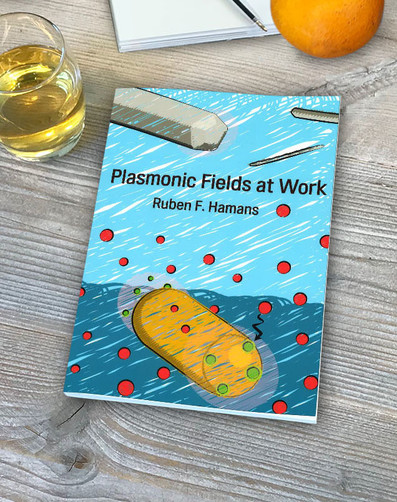
Metal nanoparticles are used in a wide range of applications, from catalysis, to advanced solar cells, photothermal cancer therapy, and medical imaging. One of the most striking features of metal nanoparticles is their unique interaction with light, leading to strong absorption and scattering in the ultraviolet, visible, and infrared parts of the electromagnetic spectrum. These so-called 'plasmon resonances' are responsible for a variety of interesting effects, ranging from the ability to focus electromagnetic fields into sub-wavelength hot spots, called plasmonic near-fields, to the generation of highly energetic charge carriers and high temperature gradients at the surface of the nanostructures. However, the size of a plasmonic nanoparticle is much smaller than the features we can observe with conventional microscopy techniques. Therefore, we need more advanced methods to study optical properties at the sub-particle level. Furthermore, since plasmons can drive chemistry via a variety of pathways, there is debate over which mechanism is dominant. Third, establishing clear relationships between structural and optical properties is currently a challenge. Overcoming these issues would allows us to design optical devices and photocatalysts based on plasmonic nanoparticles with a more rational approach. In this thesis, we addresses these challenges with a wide variety of studies, in which plasmonic nanoparticles are used as antennas, photocatalysts, and electrodes.
Download Thesis